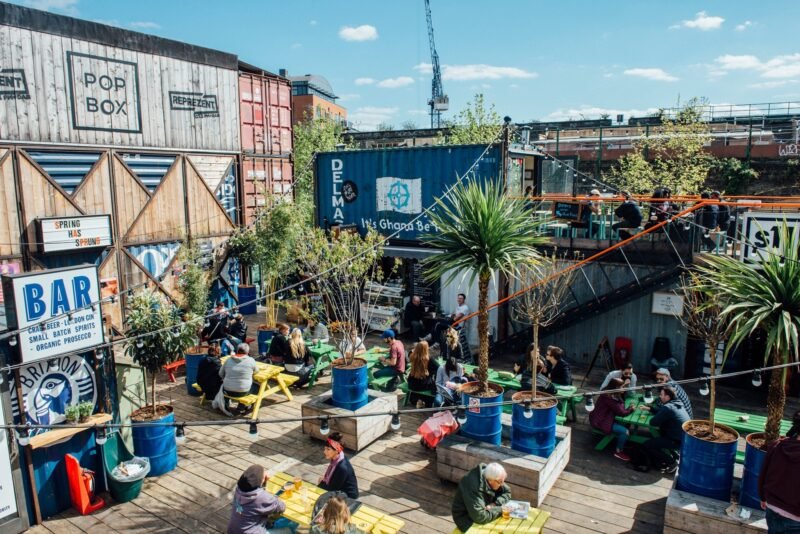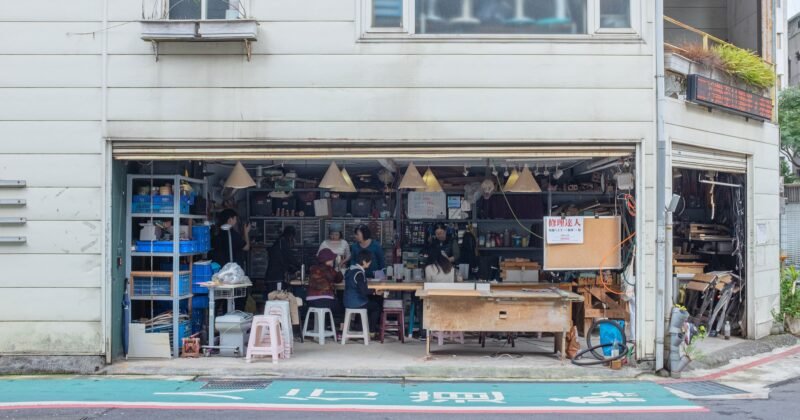Make Your Tools Accessible To Those Who Need Them At The Tool Library
Here’s another solution for putting those tools gathering dust in your house to use: make them available for lending at your local Tool Library!
Opening next month, Toronto’s Tool Library is one of many similar projects that have popped up all over North America, Australia and Europe. The recent popularity of tool libraries is another example of how the peer-to-peer economy continues to gain popularity and evolve, changing the way we interact with each other and our cities.

The Tool Library harnesses the fact that on average, a power drill is used for just 12-13 minutes in its lifetime. They enable access to tools that are otherwise sitting idle at home and can save their users hundreds of dollars, and a lot of closet space. Using a tool library also promotes sustainability through resource-sharing, and are an example of how society is changing to be a more collaborative experience.

While tool lending libraries are not new (the first was in 1976 in Columbus Ohio), the recent opening of many around the world, with sleek design and easy to use websites, are beginning to appeal to a broad spectrum of city dwellers.

Vancouver also has a Tool Library, which opened in 2011. Like in Toronto, being a member of Vancouver’s Tool Library involves paying an annual fee, which varies depending on your income. This guarantees that its services are accessible to anyone, and is especially appealing to new immigrants, students, not-for-profit organizations and community groups. The co-op structure ensures that prices are low compared to other tool rental stores: renting the tools is free for members.

Like in Toronto and Vancouver, tool libraries worldwide act as much more than a space for renting and lending tools. They are also community centres that offer courses and workshops on how to use the tools. While sites like Airbnb, Share Some Sugar, and Thuisafgehaald facilitate interactions between people that can happen anywhere, tool libraries mark a trend toward online peer-to-peer services that make use of centralized “storefront” locations, emphasizing the social in social media.



